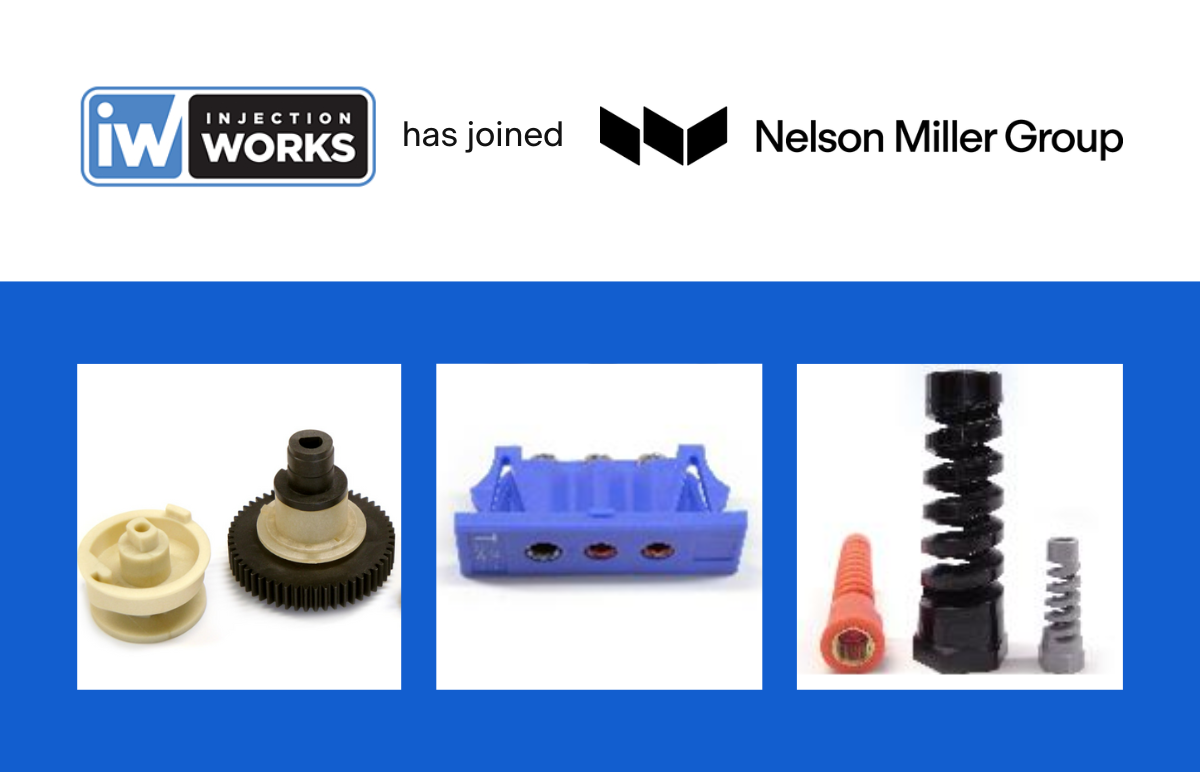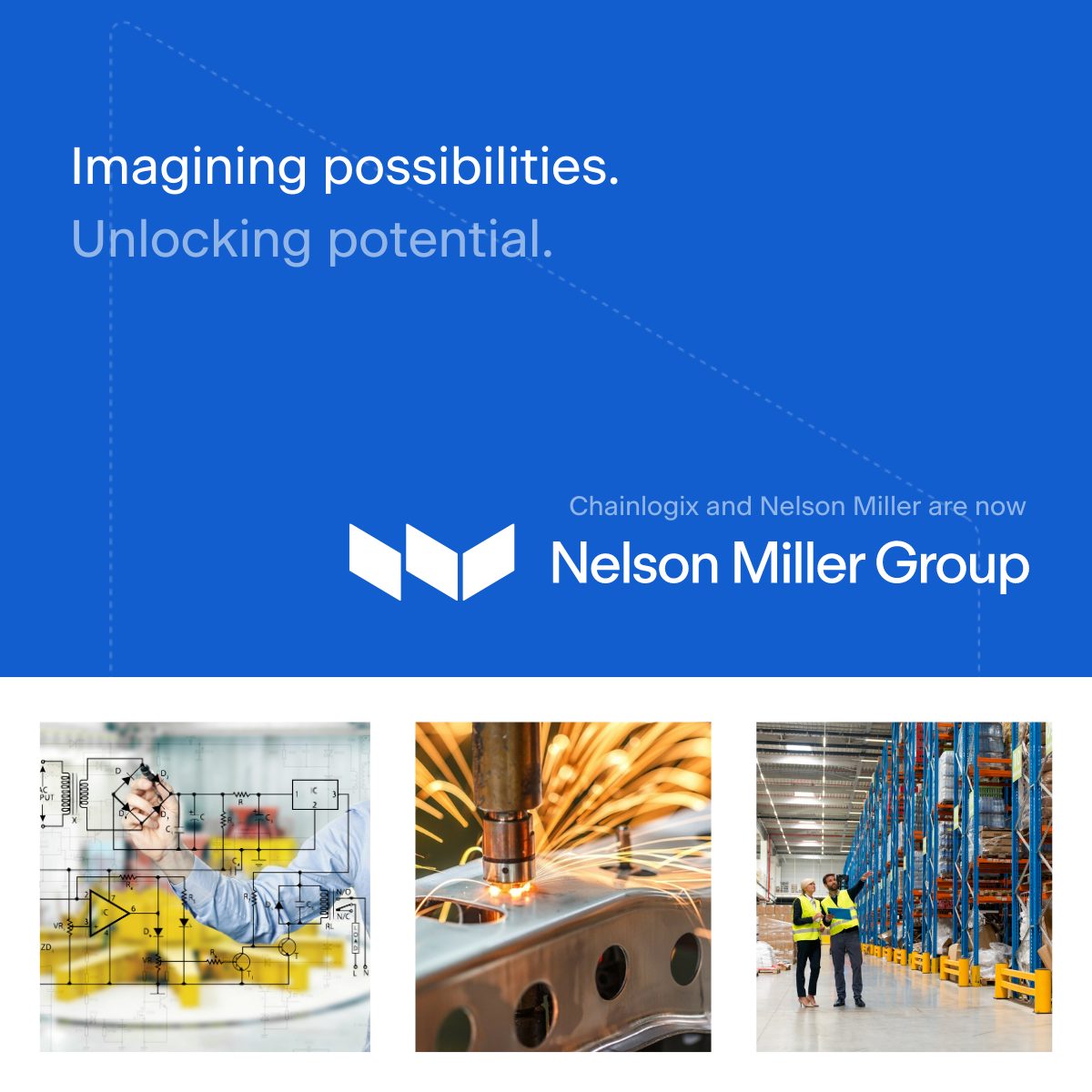What Is Plastic Injection Molding?
Plastic injection molding is a key process in the production of electronics devices, medical instruments, automotive components, and consumer appliances. Plastics can offer practicality, flexibility, and lower production costs. So, what is the process of manufacturing plastics via injection molding, and how can you utilize outsourced manufacturing to your benefit and success?

When does Plastic Injection Molding manufacturing make sense?
Advantages of Plastic Injection Molding
- High repeatability and product consistency
- Fast production, well-suited for large production orders
- Low waste or scrap rate
- Ability to design and manufacture intricate and complex geometrical shapes
- Allows for great precision, high tolerance, inserts, and color control
- Ability to use multiple materials simultaneously
- Reduced finishing requirement (parts need little work after ejection)
- Ever-increasing options of resins and properties
Limitations of Plastic Injection Molding
- High initial cost because of upfront tooling and machinery costs
- Not economical for very low production or single-item production (3D printing and CNC machining are better options)
- Some design restrictions: uniform wall thickness throughout is required, avoid under-cuts and sharp edges, draft angles are encouraged
Critical Steps in Manufacturing Plastic Injection Molding
Part Design
Best approach uses:
- Computer-aided engineering (CAE)
- Computer-aided design (CAD)
Design must account for:
- Critical tolerances
- Location of the parting line
- Avoiding undercuts (if possible)
- Uniform wall thickness
- Shrinkage and warpage considerations
- Watch the sharp corners (smooth trumps sharp)
- Structural support
- Add draft
- Secondary operations or molded in?
- Gating and ejection
Resin Selection
With over 85,000 material options for plastic injection molded parts, deciding which thermoplastic is best for the job may become overwhelming. Ongoing advancements in polymer science make it important to work with a partner that has experience with a variety of resins and applications and has the right equipment to vigorously test your first article and pre-production samples.
Basic questions you must answer:
- What is the intended purpose of the part?
- In terms of strength, what key attributes should the finished product have?
- What specific functionalities or qualities do you want the finished product to have?
- Are there special aesthetic considerations?
- Do any regulatory requirements apply?
Mold Creation
A quality plastic injection molded part starts with a quality-built mold. If the tool is not built correctly, you will have quality issues down the road. Molds are typically made from hardened tool steel (large production runs) or aluminum (medium or low production runs), and the Plastics Industry Association (formerly known as the Society of Plastics Industry or SPI) has issued standards guiding which mold materials should be used for various types of applications.
The mold has to be made so that your part design and resin requirements produce the quality piece you need. This is a complex task and it will sometimes require part redesigns. Think about the mold as the heart of the whole process.
An ideal process involves:
- Review of part design for Design for Manufacturing (DFM), Computer-Aided Engineering (CAE), and Computer-Aided Design (CAD)
- Identify mold component functionality, mold materials, and operational constraints
- Preliminary 2D and 3D rendering of the mold
- Moldflow simulation
The differentiators among manufacturers when considering mold creation are:
- Quality of mold manufacturing equipment
- Engineering expertise and experience
See our blog for more information about mold creation and the factors that can impact the cost of your mold.

Test and Adjust
Your mold and first articles need to be tested before you consider any full production. Aided with control plans and validation documents, your manufacturer should complete full functional and performance testing. They should rely on visual inspection, precise dimension measurement systems, and material testing. Also at this stage, the manufacturing process is reviewed to verify that moving elements move well, the plastic melt flows well, the cooling performs, etc.
Some final tool or process changes may be needed. They fall under 3 categories: corrections to the mold (the part does not follow 3D data), calibrations (fine-tuning part engineering), and modifications (modify the part design from the original design). Regardless of changes needed, new samples should be produced and tested, and should meet your approval.
Produce and Maintain
Throughout the production runs, various properties of the molded parts shall be tested and measured. Information gathered can help you determine any damage in the mold and issues with the process (the cooling system, for example). This will help determine the status of the mold (degree of wear) and maintenance measures you need to adopt.
Your mold needs to be taken care of, so make sure that your manufacturer has a detailed maintenance schedule in place for regular:
- Inspection of key elements such as ejection and guide parts
- Lubrication
- Surface maintenance (to prevent corrosion)
- Mold cleaning (so it is cleared of debris from residual resin, deposits, and mold)
Managing Cost and Lead Time
The design of your plastic part is always the initial driver of cost: the more complex it is, the more it will cost. Because the design will profoundly impact the cost to manufacture the mold, the following factors must be considered during the design phase:
- The core metal used to make the mold
- The mold size
- The cavity machining (amount of details and tools required to make the cavity)
- The number of cavities (more cavities mean more machining/tooling)
The resin selected will be your second driver of cost. Raw plastic material costs can range in price from $1 per pound to $25 per pound. Many plastics overlap in strength and functionality, but some are inherently easier to mold, driving down part costs. Certain materials require high infusion weights, which in turn require higher tonnage machines.
As it relates to machinery and equipment, small tonnage machine sizes are used for running small molds and small parts, and large tonnage machines are needed to run large molds with large parts. Cycle time and the number of cavities in the mold are two significant determining factors in the total cost of a plastic injection molded part.
Part design, resin, and machinery/equipment are also key factors impacting lead time. However, when it comes to lead time, the manufacturer you select becomes a lot more important. Keep in mind the following factors to save time and money:
- Use of technology to design the mold, suggest part modification and simulate production before even starting building the mold
- Ability to design and manufacture the right tool with as few cycles as possible doing corrections, calibrations, and modifications
- An in-house toolroom, enabling engineering work on changes or repairs to be carried out as quickly as possible
- Innovative manufacturing technologies (like automation and AI) that help shorten the lead time
- Advanced machinery lowers the amount of injection time and employs advanced cooling systems to minimize the time it takes for your part to reach ejection temperature
- A manufacturer’s workload affects lead time (if they are maxed out, it’s possible that the process takes longer)
Selecting the Right Partner
Things you should consider to identify the right partner:
- Engineering expertise and experience (design, manufacturing, and resin selection)
- Ability to meet your specifications without sacrifices
- One-stop manufacturing from design to full production and shipping
- Strong quality assurance, process monitoring, and maintenance
- Range of machinery to keep tooling costs low
- Technologies and machinery used to reduce lead time (see infographic to left)
- Quality of customer service and communication
Learn more about Chainlogix's capabilities through our injection molding case study.
Want to learn more about partnering with Chainlogix for your plastic injection molding project? Complete the form below and we'll be in touch!
Read Our Blog
Keep up with industry trends and learn more about how Chainlogix can take your SCM to the next level.







